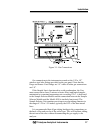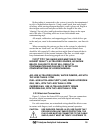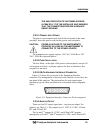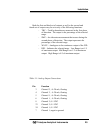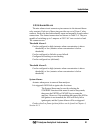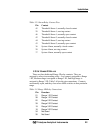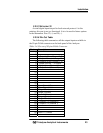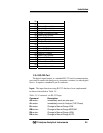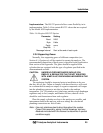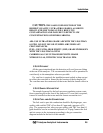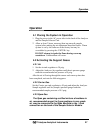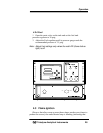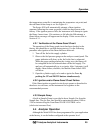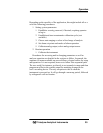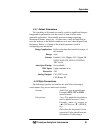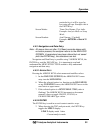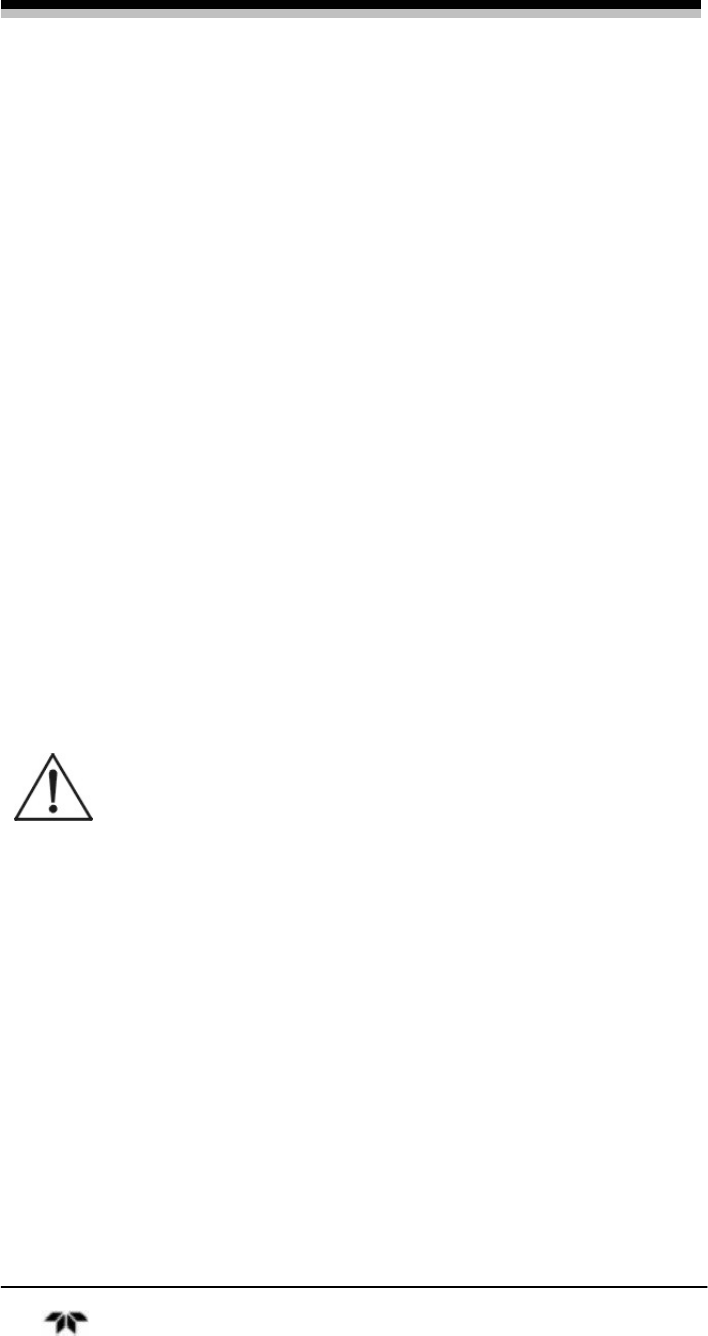
Installation
Teledyne Analytical Instruments 25
Implementation: The RS-232 protocol allows some flexibility in its
implementation. Table 3-6 lists certain RS-232 values that are required
by the Model 4030 implementation.
Table 3-6: Required RS-232 Options
Parameter Setting
Baud 2400
Byte 8 bits
Parity none
Stop Bits 1
Message Interval Sent at the end of each cycle.
3.3.5 Supporting Gases
Normally, four supporting gases of different composition (see
Section 4.1: Equipment) will be required to operate the analyzer. The
recommended composition of these gases is specified in the Application
Data section of the Appendix. The gases should be supplied from
cylinders that are equipped with the type of regulator specified in the
aforementioned sections.
CAUTION: UNDER NO CIRCUMSTANCES SHOULD YOU
EMPLOY A REGULATOR THAT IS NOT EQUIPPED
WITH A METALLIC DIAPHRAGM ANYWHERE IN THE
SYSTEM.
The regulators should be inspected prior to installation to be sure
that they are oil-free. Failure to comply with these directives will result
in a constant drift in analyzer output, as organic compounds will outgas
into the plumbing system at a rate that is related to the ambient
temperature. Use 316 stainless steel, dual-stage stainless steel diaphragm
regulators only in fuel, sample, and blanket air lines; shutoff valves
should be used downstream from each regulator.
Place the supply cylinders as close to the analyzer as possible, and
interconnect them to the analyzer with new tubing. Be sure that all
plumbing connections are free of leaks.
Note: Use only stainless steel tubing throughout the system.
Consult the assembly, piping, outline drawings, and any
Addenda included with this manual to determine if special
conditions apply.



